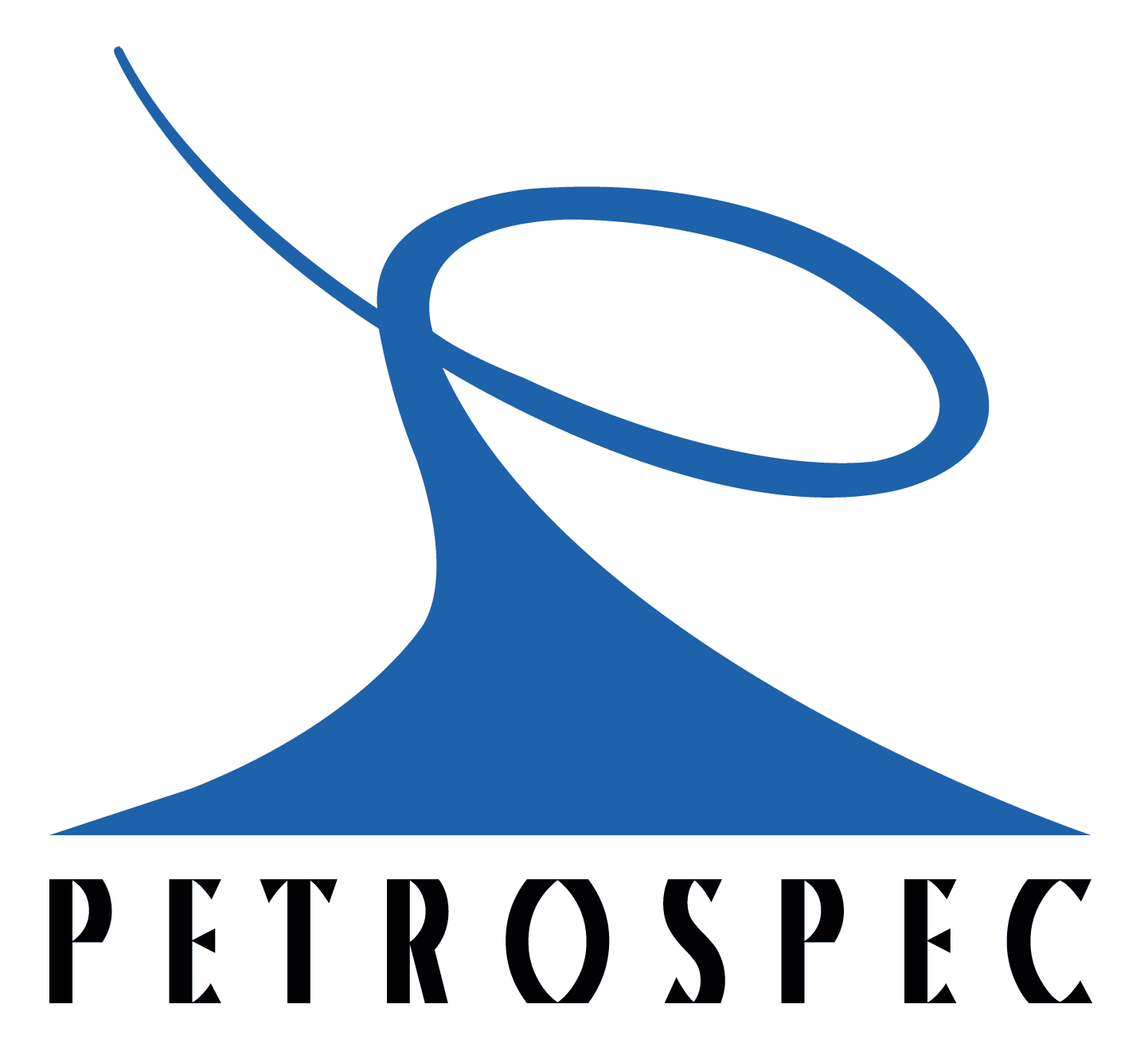Petrospec Technologies Tools
On-Line Pore Pressure Analysis Software
| 
|
Overburden Gradient Worksheet
The overburden gradient, corrected for water depth is computed using these
two relations:
phi = phi0 * e (- pde * tvd)
obg = (obgmax * ( 1.0 - phi ) + nhg * phi ) / tvd
Input values needed for the calculations are:
- obgmax maximum theoretical overburden (psi/ft)
- wd is the water depth (feet)
- phi0 is the initial porosity (decimal)
- nhg is the normal hydrostatic gradient (psi/ft)
- pde is the porosity decay exponent
Calculated values are:
- phi is the porosity (decimal)
- obg is the overburden gradient (psi/ft)
Eaton Exponent Worksheet
The Eaton Exponent, used for the computation of the pore pressure can be
determined using a single relation:
EE = log( (obg - pres / tvd) / (obg - nhg) ) / log(valo / valn )
Input values needed for the calculations are:
- valo is the observed log value
- valn is the normal log value
- obg is the overburden gradient (psi/ft)
- nhg is the normal hydrostatic gradient (psi/ft)
- EE is the Eaton Exponent
Normal Compaction Trend Worksheet
The normal compaction trend is used to determine the normal values of the
log data. There are four basic types:
Linear Form:
Vnct = b + m * Dbml
Logarithmic Form:
Vnct = 10(b + m * Dbml)
Exponential Form:
Vnct = Vmax + ( Vmin - Vmax ) * 10 (c * Dbml )
Hyperbolic Form:
Vnctl = (a + c * Vmax - Dbml * Vmax) / (c - Dbml)
Input values needed for the calculations are:
- Vmin is the minimum log value at the mud line
- Vmax is the maximum log value
- Vcal is the calibration log value
- Dcal is the calibration depth value
Pore Pressure and Fracture Gradient Worksheet
Pore pressure is estimated using the Eaton equation:
PP = obg - (obg - nhg) * (valo / valn )EE
Fracture gradient is estimated using the following two relations:
poi = 0.5 - 0.2 / (tvd / 5000 + 1)
FG = PP + (obg - PP) * poi / (1 - poi)
Input values needed for the calculations are:
- valo is the observed log value
- valn is the normal log value
- obg is the overburden gradient (psi/ft)
- nhg is the normal hydrostatic gradient (psi/ft)
- EE is the Eaton Exponent
Calculated values are:
- PP is the pore pressure (pounds per gallon)
- FG is the fracture gradient (pounds per gallon)
Equation Exponent, typical values:
- Conductivity = -1.2
- Resistivity = 1.2
- Sonic = -3.0
- Velocity = 3.0
Natural Gas Density Worksheet
Natural gas density is estimated using the Real-Gas Law:
RHOG = p * Mg / zg * R * T
Input values needed for the calculations are:
- pres is the pressure (psia)
- temp is the temperature (deg F)
- Mp is the mole percent of each constituent (%)
Calculated values are:
- Natural gas compressibility factor - "Z"
- Specific gravity of the gas (air = 1.0)
- Natural gas density (g/cc)
- Gas pressure gradient (psi/ft)
Rectangular Coordinate Transformation Worksheet
Coordinates are converted from one coordinate system to another using:
U = X * cos(theta) - Y * sin(theta) + H
V = X * sin(theta) + Y * cos(theta) + K
Input values needed for the calculations are:
- Xcal is the input (X,Y) coordinate system calibration point
- Ycal is the input (X,Y) coordinate system calibration point
- Ucal is the output (U,V) coordinate system calibration point
- Vcal is the output (U,V) coordinate system calibration point
- X is the input X coordinate to be transformed into the (U,V) coordinate system
- Y is the input Y coordinate to be transformed into the (U,V) coordinate system
Calculated values are:
- U is the output U coordinate transformed from the (X,Y) coordinate system
- V is the output V coordinate transformed from the (X,Y) coordinate system
Note: Do not use this transformation worksheet for converting
between (X,Y) and (Longitude,Latitude) over large geographic areas.
Digitize Graphic Image Worksheet
Load a graphic image in the project directory or upload it from your local
computer.
Input values needed for the calculations are:
- X left is the left (X) corner of the image
- X right is the right (X) corner of the image
- Y bottom is the bottom (Y) coordinate of the image
- Y top is the top (Y) coordinate system of the image
Click the corresponding lower left and upper right corners of the image to calibrate it.
Click on points to digitize them
NOTE: Do not scroll the image or you will need to recalibrate the image.
Although these worksheets have been developed on a best effort basis,
Petrospec Technologies does not warrant the accuracy of the results
obtained and assumes no liability whatsoever for their use.


